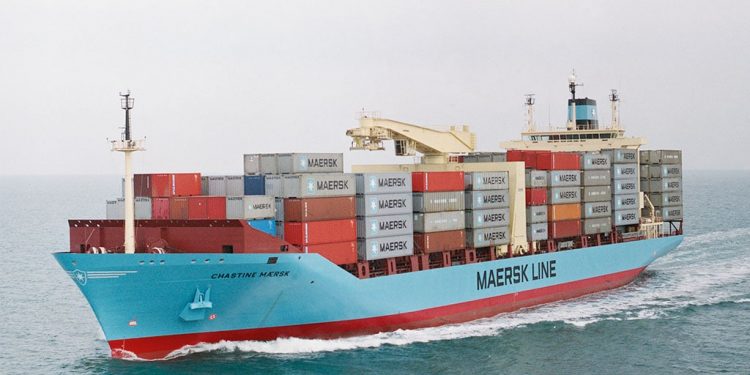New Delhi: The commerce ministry has called a high-level inter-ministerial meet next week to discuss ways to insulate India’s trade from the ongoing problems in the Red Sea, a senior official said Thursday.
Senior officials from five ministries — external affairs, defence, shipping and finance, and commerce — will participate in the deliberations.
The commerce ministry has also set up an internal strategic group, comprising additional secretaries of the ministry, to discuss global issues impacting the country’s trade on a daily basis and prepare a strategy to deal with them.
“The idea of the inter-ministerial meeting is to see how we can strategise our trade so that it gets least affected in such a situation,” the official said.
The situation around the Bab-el-Mandeb Strait, a crucial shipping route connecting the Red Sea and the Mediterranean Sea to the Indian Ocean, has escalated due to recent attacks by Yemen-based Houthi militants.
Due to these attacks, the shippers are taking consignments through the Cape of Good Hope, resulting in delays of almost 14 days and also higher freight and insurance costs.
The issues being faced by the stakeholders concerned were discussed at a high-level meeting in the commerce ministry January 4.
Stakeholders, including traders, shippers, container firms, and freight forwarders were there at the meeting.
“We are doing this inter-ministerial consultation meet based on that stakeholder consultation meeting about what measures can be taken to deal with the problem,” the official said.
The stakeholders have stated that freight and insurance costs have increased as they have to take a long route now and due to that, the turnaround time has increased.
Exports to Europe, the east coast of the US, and Latin America are facing problems.
The strategic group formation assumes significance as the government has to take strategic decisions during war and conflict-like situations.
“That group is meeting every morning and discussing global issues and I have directed them to develop a strategy. They are also working on the Red Sea area,” the official added.
Further, the ministry is also looking at ways to increase exports in countries like Australia, with which India has implemented an interim free trade agreement.
“We have started an exercise to see global imports of all countries and see where we can increase our share in that,” the official added.
The data analytics wing of the commerce ministry is working on analysing the impact of the Red Sea crisis on India’s trade-in value terms.
Due to attacks, shipping lines have reduced their movement through the Red Sea and taking the longer route via the Cape of Good Hope, encircling the African continent.
According to exporters, due to rising freight rates, some are postponing shipping their goods. Besides, the uncertainty may lead to a shortage of containers.
The increase in freight rates varies with the route. Apart from basic freight rates, risk surcharge and peak season surcharge have also shot up.
The trade route of Bab-el-Mandeb Strait, the Suez Canal, and the Red Sea is shorter and faster than the Cape of Good Hope route, making it the preferred option for most shipping companies.
The route starts from major Indian ports like Mumbai, JNPT, or Chennai, heads westward through the Arabian Sea, enters the Red Sea, and navigates through the Suez Canal into the Mediterranean Sea.
From there, ships can reach various European ports, depending on their destination.
The Cape of Good Hope route is longer and slower than the Suez Canal route, but it avoids the potential for delays or disruptions at the Suez Canal.
It is typically used for bulk cargo shipments where time is less critical or when political instability in the Middle East raises concerns about using the Suez Canal.
The route starts from the same Indian ports, heads southward across the Indian Ocean, rounds the Cape of Good Hope at the southern tip of Africa, and then sails northward along the west coast of Africa before entering the Mediterranean Sea and reaching European ports.
PTI







































